5 Major Ports In Switzerland
Switzerland is a prosperous country with a booming economy. It is also one of the least corrupted nations in the world. Its strong economy is attributed to its export sector which ranks seventeenth globally. Other pillars of the economy include the service sector, mainly banking and tourism.
Situated in the northwestern part of the country, Basel is one of the most important commercial cities in Switzerland. It is regarded as the hub of the pharmaceutical industry, as many leading global medical firms such as Novartis and Roche are based there.
Basel city is also the focal point for electrical industries, production of machinery and silk textiles. It also has the country’s most important port, called the Port of Basel or the Port of Switzerland.
Although the country does not have a sea-facing coastline, the River Rhine is the only maritime gateway that provides Switzerland access to the North sea. Switzerland does not have seaports but inland river ports which are the sub-ports of the main port of Basel.
The port of Basel is strategically located at the heart of Europe and despite being a river port, it contributes significantly to the Swiss economy by handling the majority of Swiss exports and imports.
Thus, the Rhine ports are crucial for Switzerland. The Rhine waterway holds enormous economic potential which is why many port expansion projects are being undertaken to increase the Basel ports’ capacity and transform them into a major European trading and logistics hub.
Figures show that around 500 million tonnes are transported via waterways in Europe. Speaking about Swiss ports, they handle six to seven million tons of freight annually. The port can handle huge ships with a maximum draught of 3.5 meters. The largest ship that docked at the Basel port was Bison which was around 4,252 DWT.
The 1868 Mannheim Act grants free sea access to this landlocked country. The Rhine waters are accepted as international waters till the Mittlerer Brücke bridge in Basel. This allows ease of trade to Switzerland.
Due to climate change, shipping activities on the Rhine had to face problems because of low levels of water. In 2018, the water channel along the Rhine, near Basel was dredged by 30 cm.
The Swiss ports are operated and managed by the Swiss Rhine Ports. This body also undertakes maintenance and development of infrastructural facilities, expansion projects, investment, marketing and communication services in the Swiss ports.
Port of Switzerland/ Port of Basel
The Basel Port is Switzerland’s most important river port. It is divided into three zones or sub-ports namely- the port of Kleinhüningen, Port Birsfelden and Port Muttenz-Au.
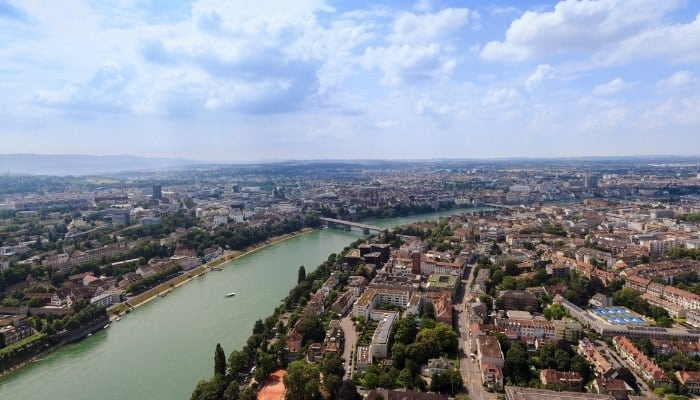
All these three ports are linked to the major European roadways and railways as well. Hence, Switzerland has a swift and effective supply network spanning across Europe’s major industrial areas and ports.
The three sub-ports can access 1,500,000 km2 of the rhine waters, which have many reloading points for goods, dry cargo, containers and tankers.
The ports are also connected to the Rotterdam-Basel-Genoa railway and its feeder lines are linked to the important land routes. The Euro airport is also situated near the port.
The Port of Basel receives more than 10% of the Swiss imports coming from the seaports of Antwerp, Rotterdam and Amsterdam. Also, about 30 to 40% of mineral oil comes to Switzerland through the Swiss ports.
The port is well equipped with huge silos for storing grains, storage tanks for petrol and mineral oil as well as containers. There are around 100 companies that are a part of the country’s global maritime trade.
The ports can handle 15 million tonnes of goods every year. The main facilities of the port include- 4 trimodal container terminals, grain silos with a capacity of 390,000m3 of grain, storage areas with a capacity of 85,000m3 for storing bulk cargo. Tanks with a capacity of storing 1,255,000 m3 of liquids.
The average length of the port’s wharf is 7 meters. It also has sheltered storage space measuring 250,000 m² and also an open storage area in the container terminal which spans 210,000 m². The storage spaces can be taken on rent from the private port companies.
The port also has 60 fully operational cranes with a capacity of moving 10- 350 tonnes of goods. There are 20 landing platforms for cabin ships.
The ports have been steadily growing. In 2019, the three ports handled 3.5 million tonnes of cargo. This was an increase of 12.5% from 2018 when the ports used to see only 2.89 million tonnes annually.
In 2020, the Basel port handled 114,085 TEU of container traffic, 5,126,780 tonnes of cargo and 150 cruise ships. Major trade commodities in 2020 were crude oil and petroleum products which were 44% of all trade goods, building material stood at 20%, agricultural goods accounted for 13% of trade items, including 7% fertilizers,7% solid mineral fuels and 5% for cars and machinery and other 5% for miscellaneous goods.
Port Of Kleinhüningen
This port is the largest of the three Basel ports. It is situated at the right bank of the river Rhine. It has two docks called dock 1 and dock 2 and a turning basin. The three container terminals are being expanded to increase the port’s capacity and attract foreign investment.
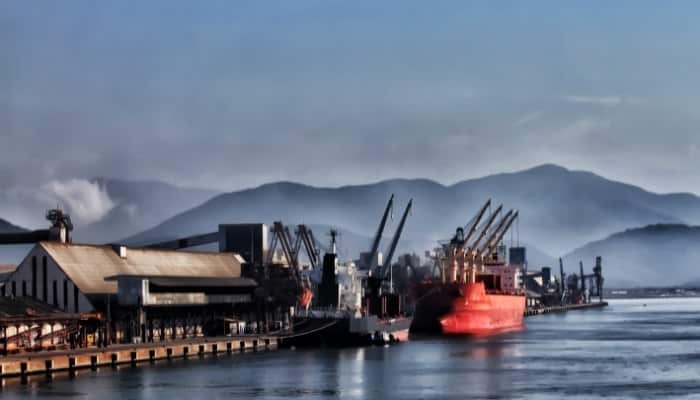
The construction of this port began in 1919 when the port basin was being dug up and in 1922, the first tugboat arrived on its shores. To generate employment, manual labour was used to dig the 2nd harbour basin.
The Harbour Basin 1 became operational on 2nd August 1922. However, cranes were brought in and buildings for the shipping companies were constructed till 1924. The 2nd Harbour Basin was built from 1936 to 1939.
The silo tower called Bernoullisilo was constructed in 1923 and its platform gives a picturesque view of the port.
This port undertakes transhipment of goods. Facilities for storing dry cargo such as aluminium, steel, metals, liquid fuels and propellants are available. It is directly connected to the motorways as well.
In 2017, the Basel Cantons and the Swiss Government laid out a plan to expand the main port area. A new third basin would be built at the Kleinhuningen port. This would increase the port’s handling capacity and integrate it into the key international shipping lines.
Port Of Birsfelden
Situated on the Rhine’s left bank, this port specialises in storing steel and is linked to the major factories in the region. It also ships dry cargo, petroleum and oil products and containers. It was built between 1938 and 1940.
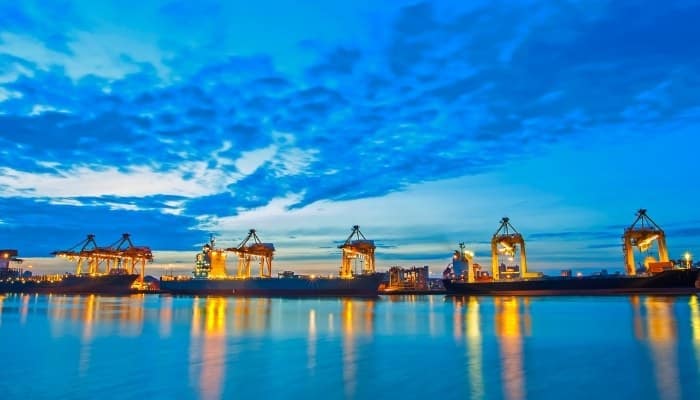
The perimeter of this port is 420.480m2. It has facilities for some pharma companies and also production spaces for steel manufacturers nearby. It is directly connected by railways which greatly eases the cargo handling operations at the port. Further plans to expand the port include a ‘shipping action plan for southern ports’ which aims to establish a new southern railway link to the port railways.
The land of the port is owned by the canton of Basel Landschaft. This Birsfeldon municipality along with Rhine Ports aims to modernize the port and increase its trade potential.
There are plans to refurbish the southern part of this port, however the presence of tank farms make it a difficult task. However, both the authorities have decided to shift the tank farms to the port of Muttenz-Auhafen and to decrease their number at the Birsfeldon port.
Port Of Muttenz-Auhafen
The port of Muttenz-Au was constructed between 1937 and 1940 and underwent a series of expansions. It is designed to handle heavy cargo. It has a huge storage capacity for liquid fuels and propellants that are also transshipped from here to the neighbouring ports. It also deals with edible oil, fertilizers, clay, grains, aluminium oxide and dry cargo.
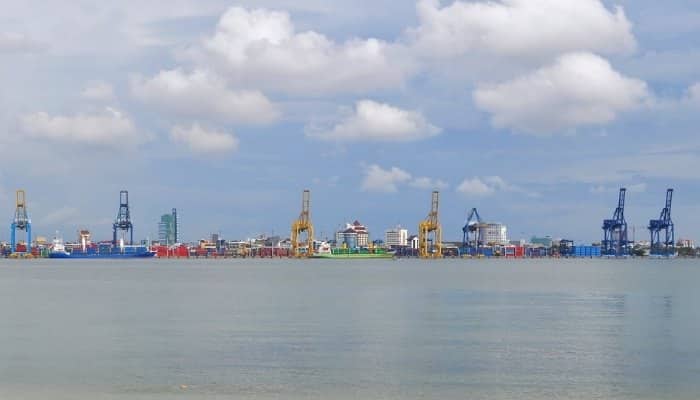
This port has two terminals that are near each other. Terminal 1 is the smallest of the two and has a huge warehouse for storing dry bulk. Terminal 2 has storage facilities and is the only tank for organic storage in the Basel port.
In 2018, the port of Auhafen Muttenz Basel installed a new system for unloading and storing biomass in tanks and silos.
It was installed by the Spanish company, STEMM. The electro-hydraulic clamshell grab is powered by four hydraulic cylinders. These grabs can work even at sloping platforms without any breaks. The installation of these new high tech machinery has increased the biomass handling capacity of the Muttenz-Auhafen Port.
Apart from being a trading hub, Basel is also a famous tourist destination. The city has a rich history and many cultural sites. Cruise ships depart from here and so this city has a modern passenger terminal too.
The port has around 20 platforms that can easily handle 1200 ships annually. About 1,50,000 tourists visit this port every year. Trade fairs are also organised which attracts many companies.
Port of St Johann
The first port in Basel was constructed between 1906-1911 on the left Rhine bank in St Johann. It handled and stored grains and dry bulk cargo. The St Johann Port was the oldest but it stopped operations in 2010 and then the port facilities and storage spaces were demolished. Presently, the buildings of the medical company Novartis are situated here.
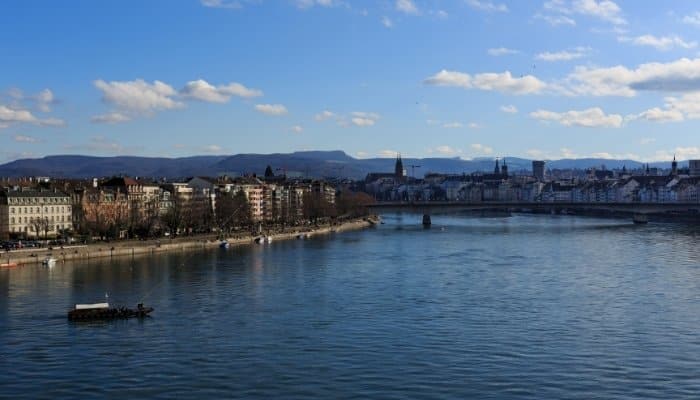
Also, in 2016, the Rhine Promenade was completed after nine years of planning. The esplanade measures 600 meters and has a wall separating the two levels. The upper portion runs along with the campus of Novartis pharma and also has a small park and benches which give a beautiful view of the sea.
The lower level has exit lanes and also showering spaces for swimmers on the side. There is a walking path, an adjacent wall and small benches all painted with natural colours showing the flow of the Rhine river. This infrastructure has made Port Johann a famous picnic spot.
Port of Zurich
The Port of Zurich functions as a container port and is situated at the northern banks of Zurich lake. The port handles about 10% of cargo imports to Switzerland. It exports vintage cars and automobiles to western Europe. The port has huge storage facilities, tanks and containers. It is a quite busy port.
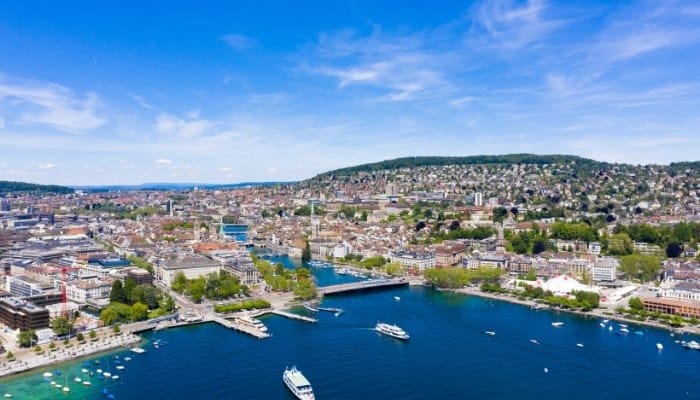
The importance of this port can be gauged from the fact that it is situated in Zurich, which is Switzerland’s commercial, banking and finance centre.
The Swiss Government has undertaken major expansion projects to increase the capacity of the Swiss Rhine ports. The ‘Basel Gateway Nord’ container terminal would be linked to a third basin in the Rhine.
These expansion projects are estimated to double the container traffic to Swiss ports. After expansion, 390,000 containers could be handled compared to the present capacity of 100,000. This project would be completed by 2022.
Thus, the Swiss Rhine ports are a major contributor to the economy. The flourishing import and export trade of the country, coupled with growing revenues from its tourism sector has made Switzerland one of the biggest economies of Europe with enormous potential.
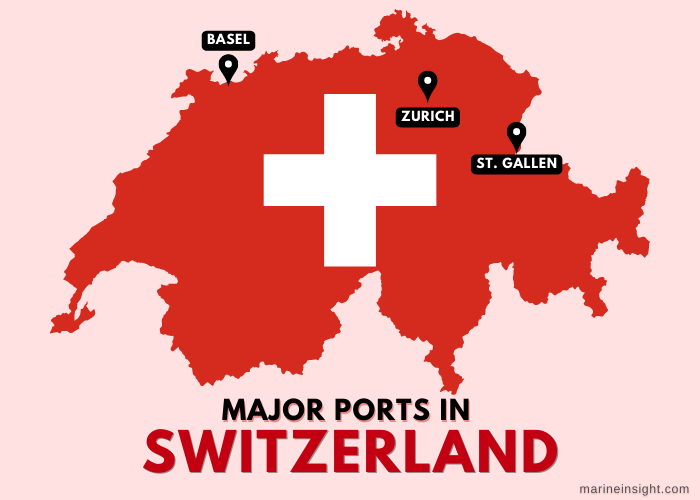
You might also like to read:
- 5 Major Ports Of Algeria
- 10 Major Ports in Europe
- 7 Major Ports in Russia
- 12 Major Ports Of Norway
- 7 Major Ports of the United States
- 7 Major Ports of South Africa
Disclaimer :
The information contained in this website is for general information purposes only. While we endeavour to keep the information up to date and correct, we make no representations or warranties of any kind, express or implied, about the completeness, accuracy, reliability, suitability or availability with respect to the website or the information, products, services, or related graphics contained on the website for any purpose. Any reliance you place on such information is therefore strictly at your own risk.
In no event will we be liable for any loss or damage including without limitation, indirect or consequential loss or damage, or any loss or damage whatsoever arising from loss of data or profits arising out of, or in connection with, the use of this website.
Disclaimer :
The information contained in this website is for general information purposes only. While we endeavour to keep the information up to date and correct, we make no representations or warranties of any kind, express or implied, about the completeness, accuracy, reliability, suitability or availability with respect to the website or the information, products, services, or related graphics contained on the website for any purpose. Any reliance you place on such information is therefore strictly at your own risk.
Related Articles
Do you have info to share with us ? Suggest a correction
Subscribe To Our Daily Newsletter
By subscribing, you agree to our Privacy Policy and may receive occasional deal communications; you can unsubscribe anytime.



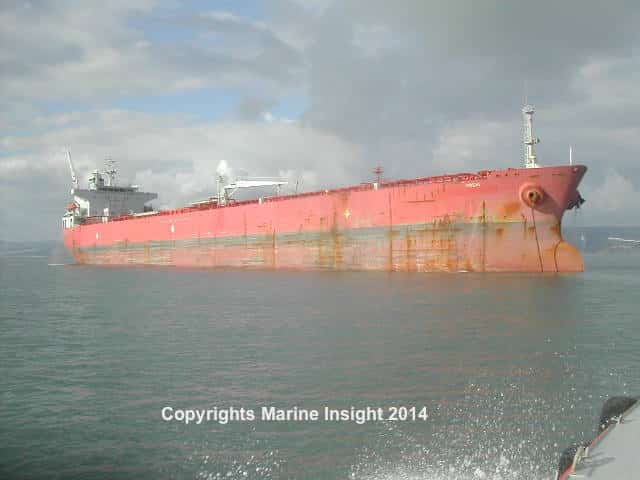
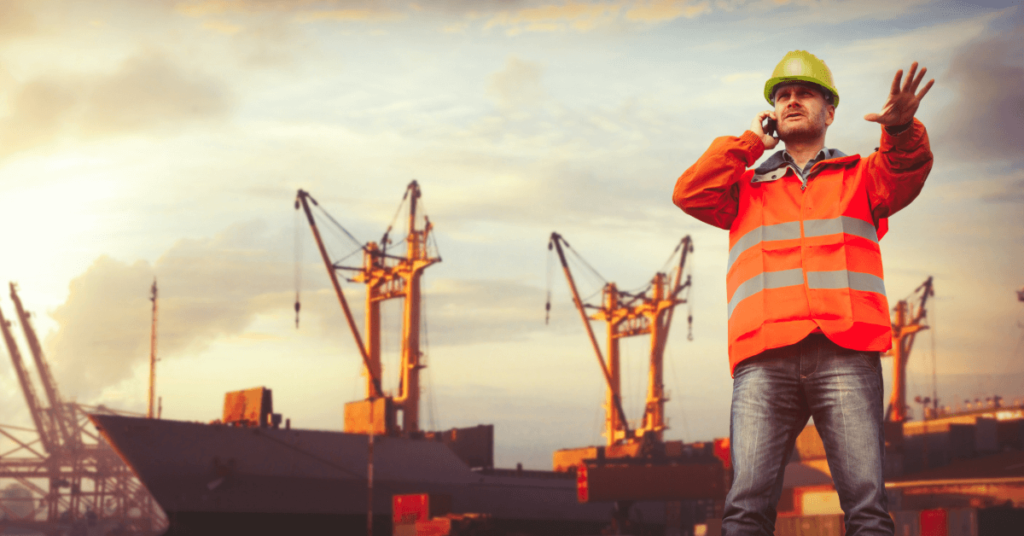




BE THE FIRST TO COMMENT